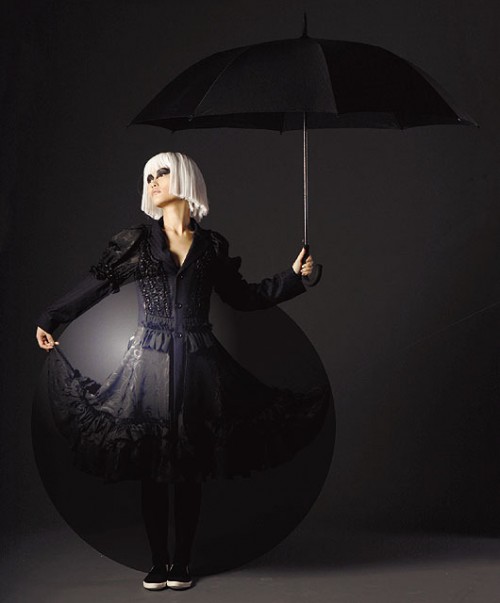Today, we had the opportunity to visit The Kimono House in SoHo. Despite the scorching weather, visiting the quaint store was well worth the trek. Run by Yuiko and her husband Ken, they talked to us about the various types of kimono's including the yukata, haori, obi, and various other pieces of clothing that complete a kimono outfit. Generally, a yukata is worn in the summer and made of cotton material though it can also be used as a bathrobe as well. On the other hand, we were also able to see other types of kimono's made of fine silk dating as far back as the 1940's. They specialize in vintage kimonos, which I found to be far more beautiful than its contemporary counterpart. Yuiko spoke of how the type of kimono worn was determined by the event a person was attending. For certain formal occasions, women would wear kimono's rich in color and pattern. On the other hand, for events such as a tea ceremony, a woman would not wear as eye catching of a kimono. In addition, she had also told of what sleeve length indicated. The greatest kimono an unmarried woman could wear would be the furisode, which has sleeves only a couple centimeters from the ankle. This type of kimono is not worn by married women, whom wear only kimono's with much shorter sleeves. Yuiko did not fail to speak of men's wear as well, which were far less complicated than women's. Generally, a male kimono is similar to a females except for the fact that it has more muted colors. She also introduced a yukata type of male dress that would be paired with what looked like shorts, which I unfortunately am unable to recall the name.
After giving the brief overview of the kimono and answering questions, Yuiko offered to allow a person to try on a yukata. I was lucky enough to be able to have the chance and was dressed in a beautiful floral printed yukata with a pink obi. Using the yukata I wore as an example, she showed how it could be mixed and matched with various different types of obi's giving the selection process variety and making it a great deal more fun. Taking it off afterwards was actually rather depressing, but it has inspired me to incorporate elements of the kimono into my everyday wardrobe.
When we were finished with our trip from The Kimono House, we headed back to Japan Society for lunch and quickly started the process of dressing our mannequins making rearrangements, getting rid of things, adding new pieces, and other changes to make our outfits the best that they could be. Those who finished early started on posters, drawings, duck-taping the floor, and other things around the room to give it ambiance. By the time the day was over, many things were still unaccomplished, yet the room was more satisfactory than not. I believe the guests attending tomorrows presentation will definitely be impressed by our hard work and knowledge that we have gained from our experiences over the past two weeks.
-Helen L.





















